I know we all love the smaller cherry tomatoes; they seem to have taken over somewhat, but what about those long-forgotten larger tomatoes that were around when we were all kids? I am talking about those big, meaty, heirloom varieties.
Step into the world of towering tomato plants and succulent, juicy fruits that are bound to wake up your taste buds and gardening prowess. Embark on a journey with me where tomatoes defy expectations, reaching sizes that make your ordinary grocery store varieties pale in comparison.
From the hefty beefsteaks to the vibrant Pineapples, and the sultry Cherokee Purples to the majestic Oxhearts, we invite you to discover a tantalizing array of large heirloom tomato varieties. Get ready to marvel at their bountiful harvest, savor their diverse colors, and indulge in flavors that make each bite a delightfully unforgettable experience.
Beefsteak Tomatoes
Planting Time: Beefsteak tomatoes are typically planted after the last frost date in spring when the soil has warmed up.
Spacing: Plant them approximately 24-36 inches apart, as they require ample space to grow and spread.
Color and Flavor: Beefsteak tomatoes come in various colors, including red, pink, and yellow. They are known for their rich, meaty texture and sweet, tangy flavor. They are excellent for slicing and used in sandwiches.
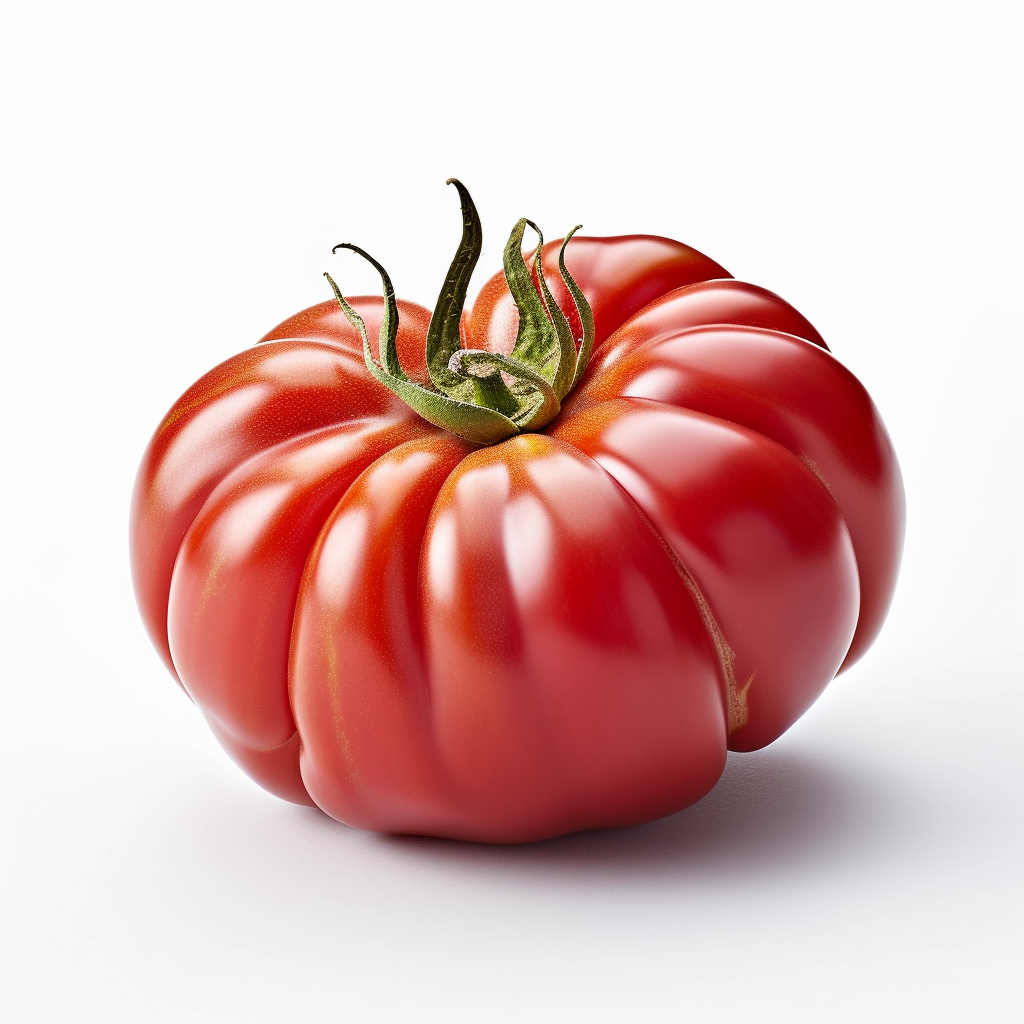
Mortgage Lifter Tomatoes:
Planting Time:
Mortgage Lifter tomatoes are usually planted in early to mid-spring after the danger of frost has passed.
Spacing:
Allow around 18-24 inches of space between each plant to accommodate their vigorous growth.
Color and Flavor:
Mortgage Lifter tomatoes are generally large and can reach several pounds in weight. They often have a deep pink or red color and offer a well-balanced, sweet flavor. They are particularly prized for their low acidity.
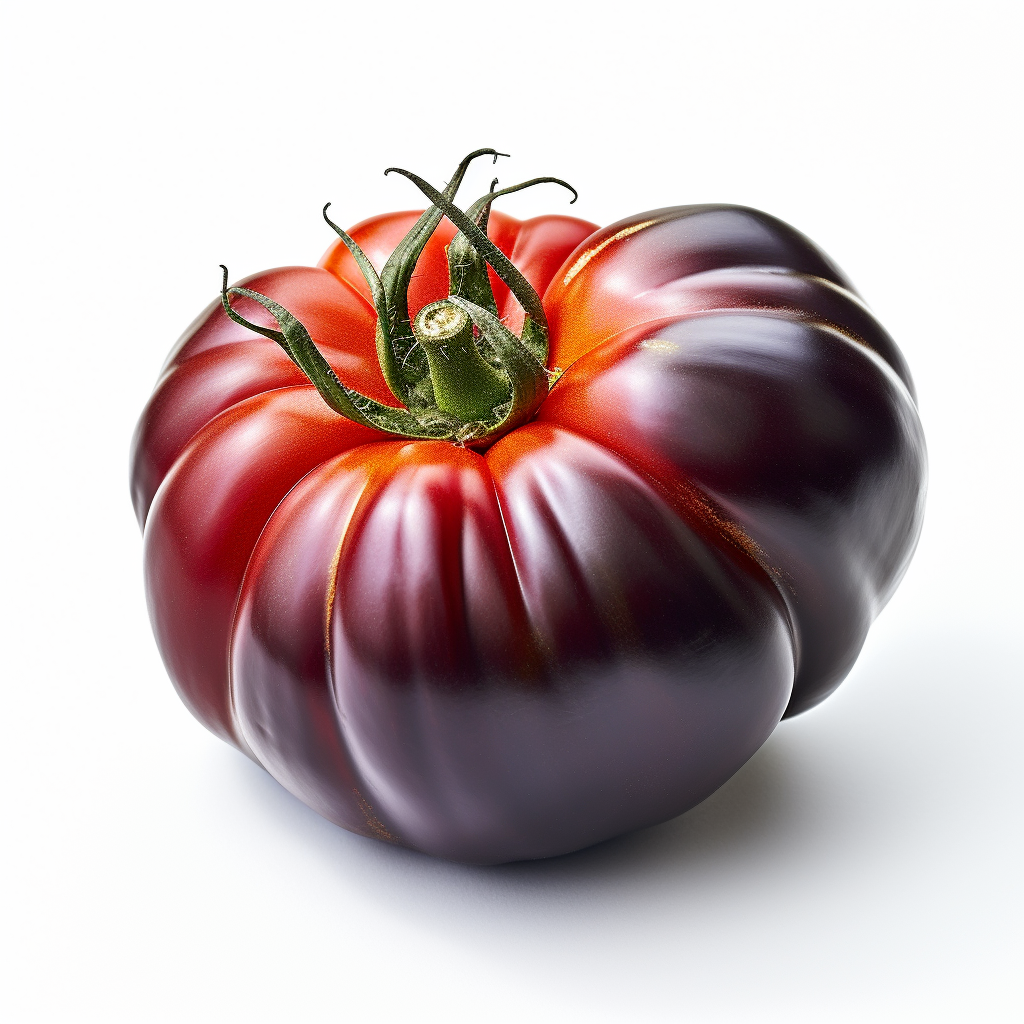
Brandywine Tomatoes:
Planting Time:
Brandywine tomatoes are typically planted in early spring or after the last frost date.
Spacing:
Provide ample space, approximately 36-48 inches, between each plant as they tend to grow vigorously.
Color and Flavor:
Brandywine tomatoes are known for their large size and come in various shades of pink, red, and yellow. They have a distinct, rich flavor that is often described as complex, sweet, and slightly spicy.

Giant Belgium Tomatoes
Planting Time:
Giant Belgium tomatoes are planted in spring, after the last frost, when the soil is warm.
Spacing: These tomatoes require adequate space, so plant them around 24-36 inches apart.
Color and Flavor: Giant Belgium tomatoes are large and typically exhibit a deep red color. They have a sweet and juicy flavor, making them great for slicing and enjoying fresh in salads or sandwiches.

Pink Oxheart Tomatoes
Planting Time:
Pink Oxheart tomatoes are planted in early to mid-spring after the frost season.
Spacing:
Provide ample space, approximately 24-36 inches, between each plant for optimal growth.
Color and Flavor:
Pink Oxheart tomatoes are known for their heart-shaped appearance. They have a vibrant pink color and offer a rich, sweet flavor with low acidity.
Remember, specific planting and spacing guidelines can vary based on your location and growing conditions, so it’s always a good idea to consult local gardening resources or experts for the best results.
Pineapple Tomato
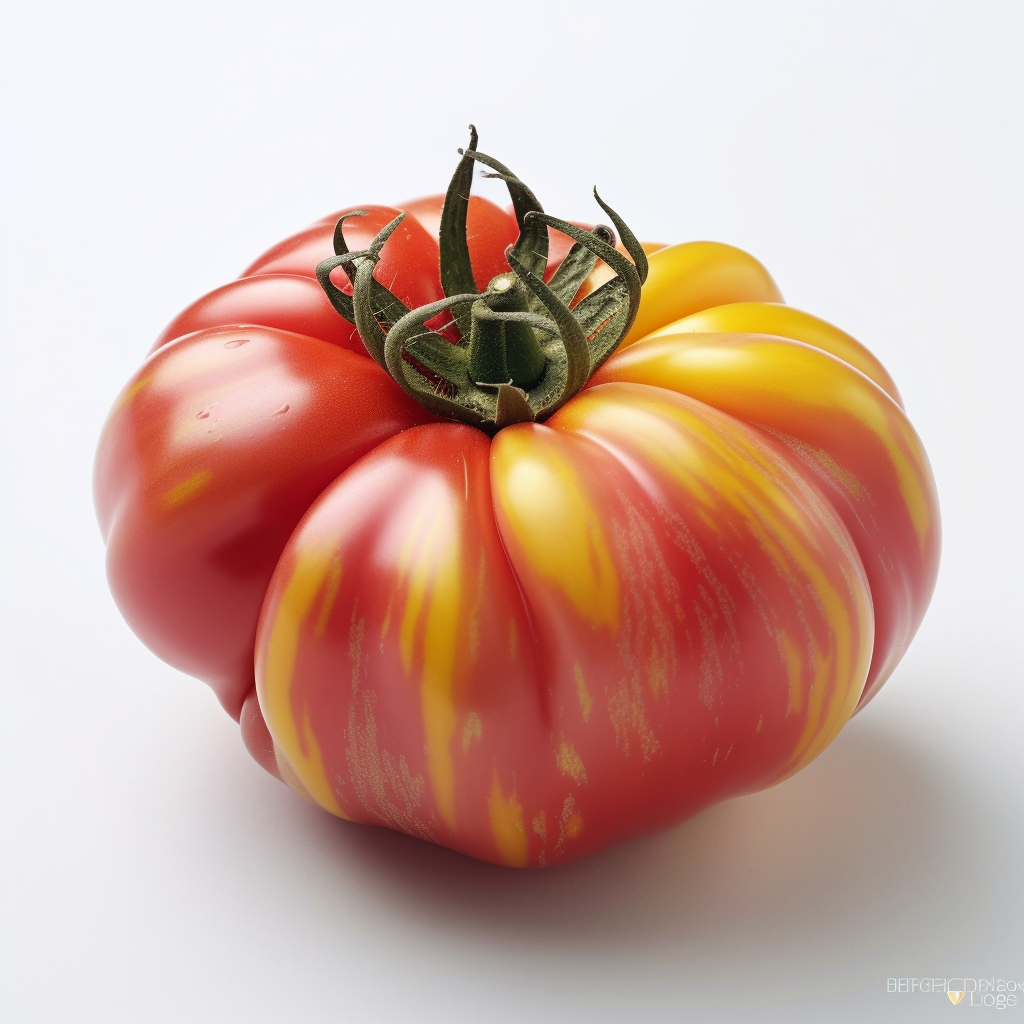
Planting Time:
Plant in spring after the last frost date.
Spacing:
Provide adequate spacing of about 24-36 inches between plants.
Color and Flavor:
Pineapple tomatoes are large and have yellow to orange skin with red streaks. They have a sweet, tropical flavor with a hint of citrus. The flesh is juicy and often has a marbled appearance.

Hillbilly Tomato
Planting Time:
Plant in spring after the danger of frost has passed.
Spacing:
Allow sufficient space, around 18-24 inches, between plants.
Color and Flavor:
Hillbilly tomatoes are large and have a distinctive orange-yellow color with red streaks or marbling. They have a sweet and tangy flavor with a good balance of acidity.
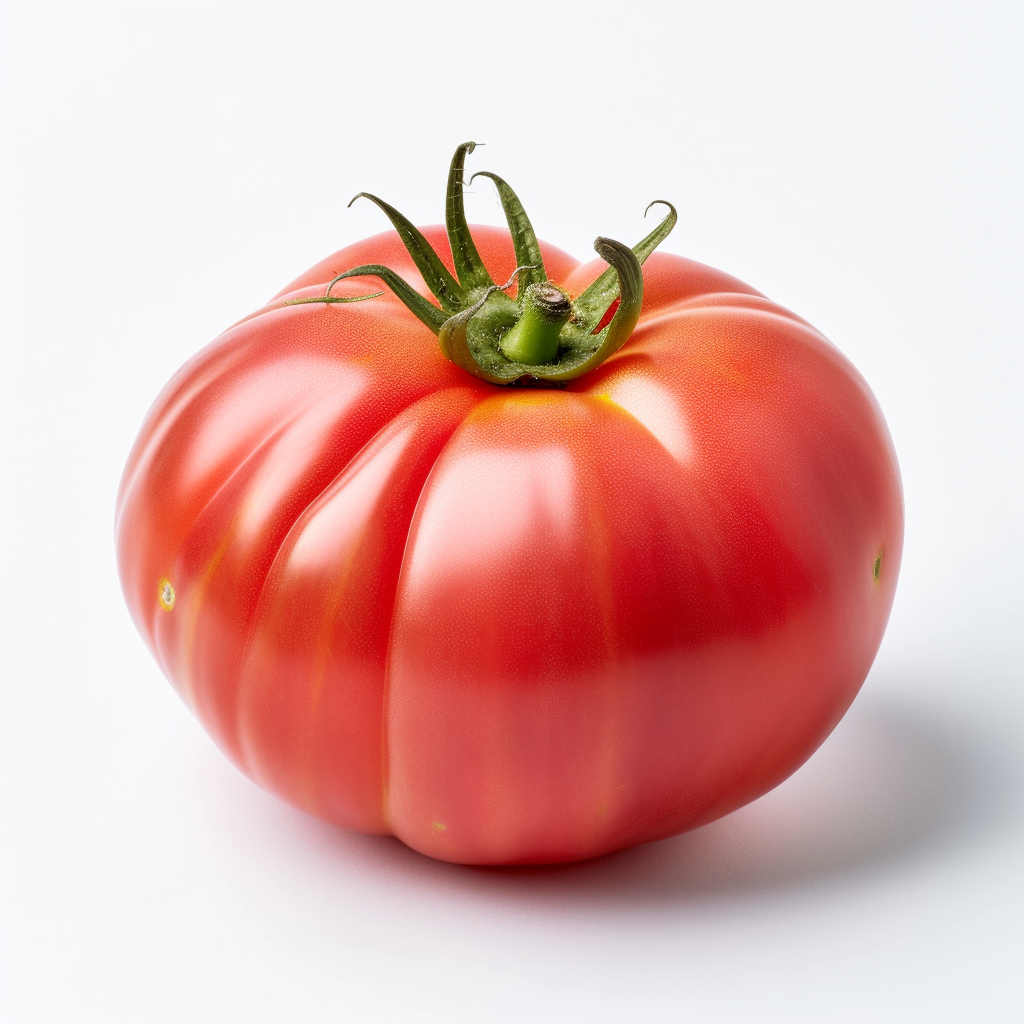
German Johnson Tomato
Planting Time:
Plant in spring, after the last frost date.
Spacing:
Provide ample space, approximately 24-36 inches, between plants.
Color and Flavor:
German Johnson tomatoes are large and usually have a pinkish-red color. They have a sweet and slightly tangy flavor with a smooth, meaty texture.
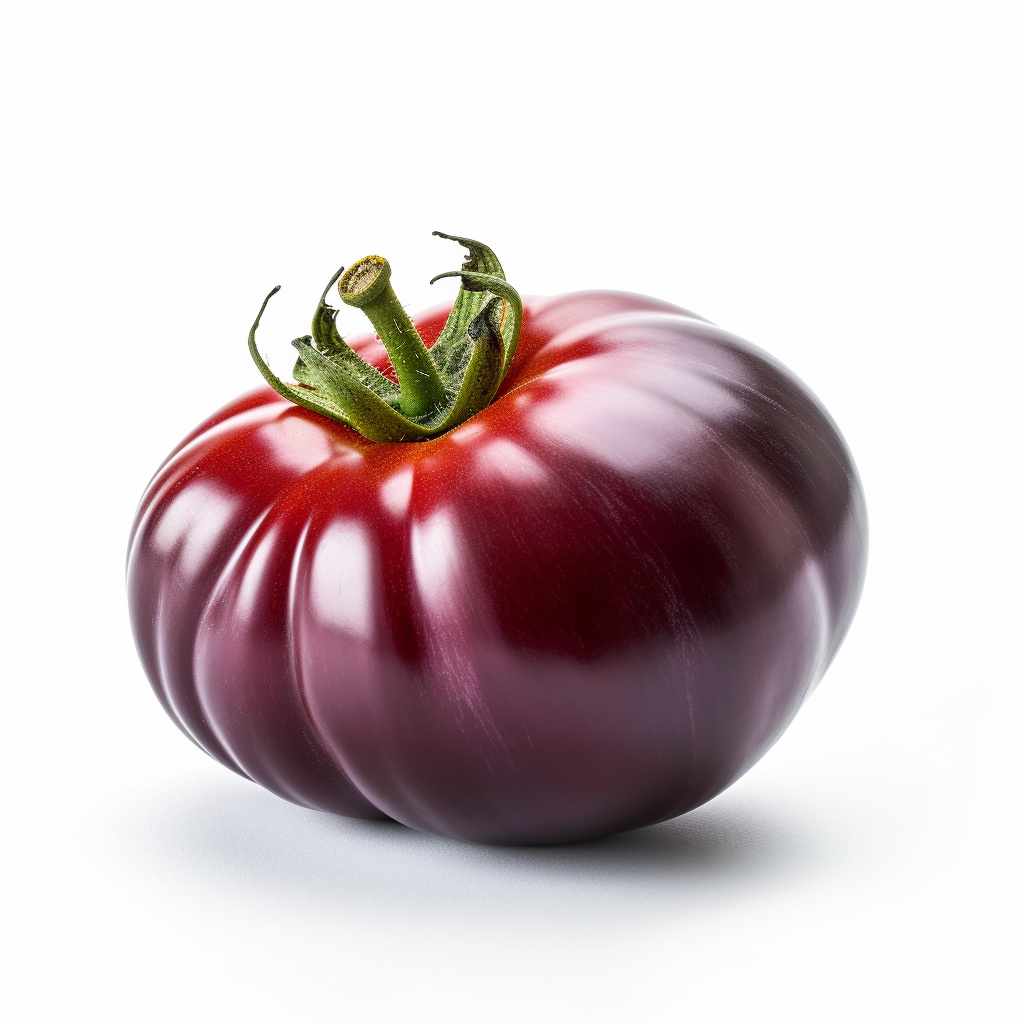
Cherokee Purple Tomato
Planting Time:
Plant in spring, after the danger of frost has passed.
Spacing:
Allow sufficient space, around 24-36 inches, between plants.
Color and Flavor:
Cherokee Purple tomatoes are large and have a unique dusky purple color. They have a rich, complex flavor that is often described as sweet, smoky, and slightly tart. The flesh is juicy and has a soft, melting texture.
These are just a few examples, and there are numerous other large tomato varieties available with varying colors, flavors, and growing characteristics. Exploring local nurseries, seed catalogs, or online resources can help you discover even more options for large tomato varieties.
A few Things to Know When Growing These Giants
Sturdy Supports:
As the plants grow taller and produce larger fruit, it is important to provide robust support structures. This can include using sturdy stakes, trellises, or cages. Heavy-duty cages made of metal or strong materials are particularly useful for large tomato plants. These supports help prevent the plants from toppling over under the weight of the fruit and provide stability during wind or rain.
Pruning and Training:
Proper pruning and training techniques can help manage the growth of large tomato plants. Removing excessive lateral branches and selectively pruning can help redirect the plant’s energy toward fruit production and improve air circulation, reducing the risk of diseases. Training the main stem of the plant to grow vertically and tying it to the support structure can aid in maintaining an upright growth habit.
Adequate Spacing:
Larger tomato varieties often require more space between plants to allow for proper air circulation and sunlight penetration. Providing ample spacing between plants helps prevent overcrowding, reduces the risk of disease, and allows each plant to have sufficient access to nutrients and resources.
Nutrient and Water Requirements:
Larger tomato plants have higher nutrient demands. Prior to planting, ensure the soil is rich in organic matter and amend it with compost or well-rotted manure. Regularly feed the plants with a balanced fertilizer throughout the growing season to promote healthy growth and fruit development. Additionally, these larger varieties will require consistent watering to ensure the plants receive adequate moisture, especially during dry periods.
Mulching:
Applying a layer of organic mulch around the base of the plants helps retain soil moisture, suppress weed growth, and regulate soil temperature. This can be particularly beneficial for large tomato varieties that have extensive root systems.
By providing proper support, regular maintenance, and appropriate care, you can help ensure the successful growth and productivity of larger tomato plants.